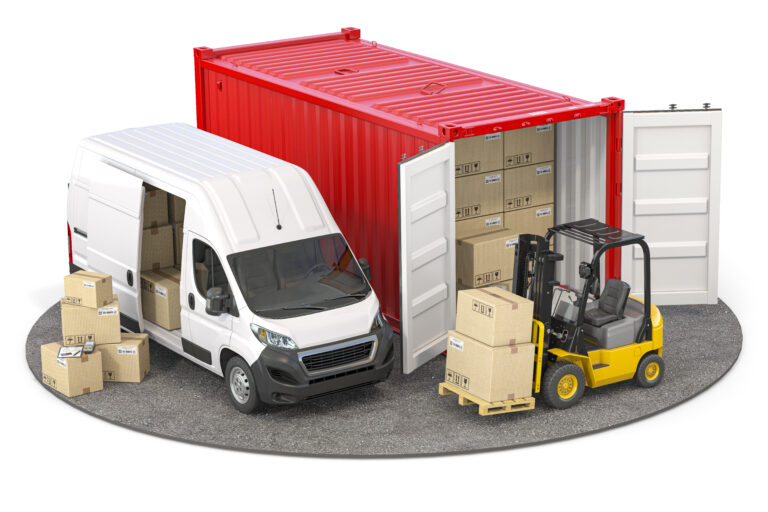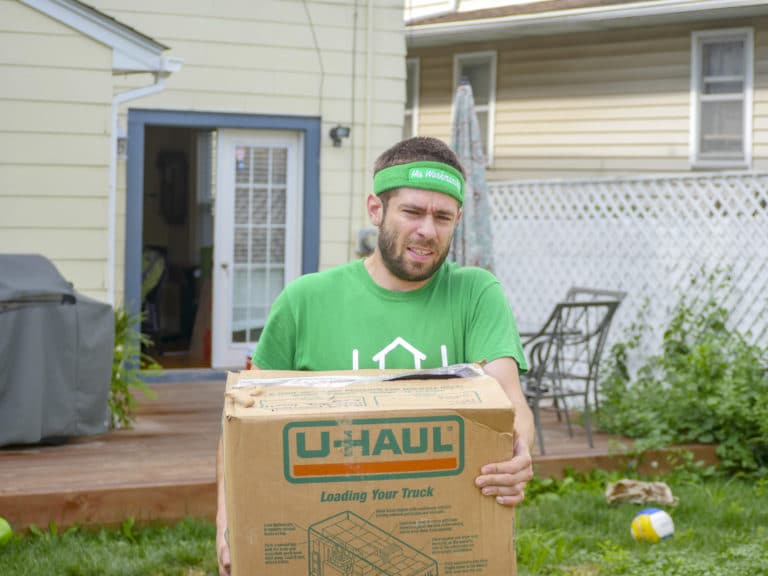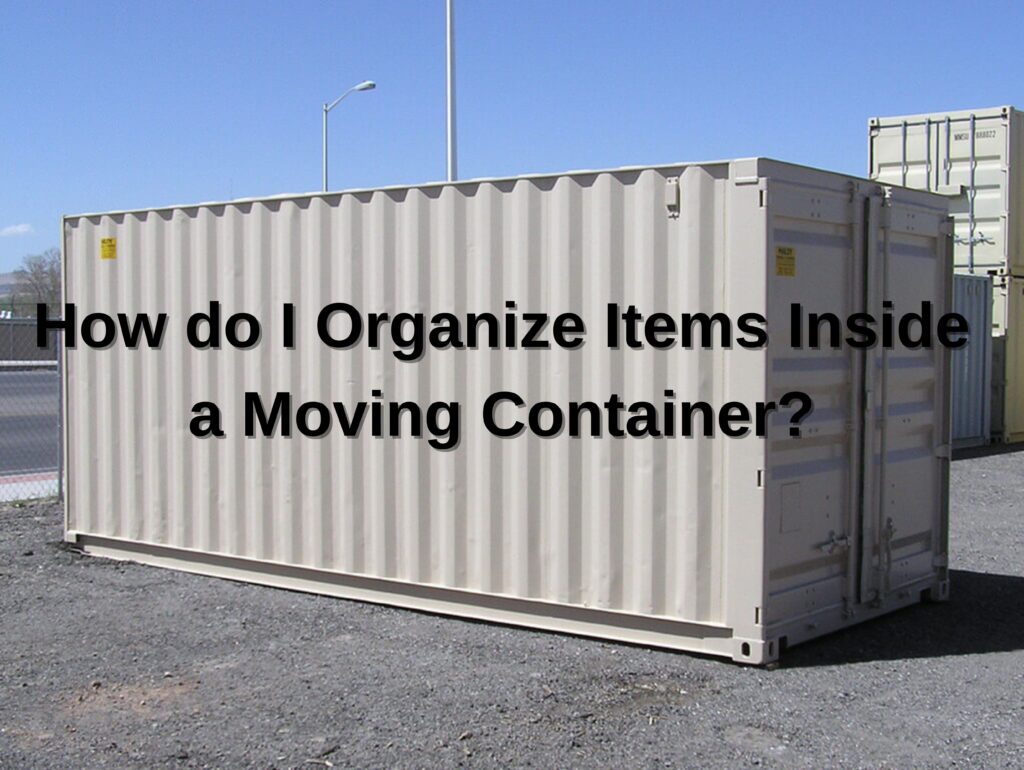Table of Contents
Moving can be both an exciting and challenging experience. One of the most critical aspects of a successful move is efficiently organizing items in your moving container. Without a strategic approach, you risk wasting valuable space, damaging your belongings, or experiencing unnecessary stress during transit. Whether you’re moving across town or to another state, a well-organized container not only simplifies the process but also ensures that your items are secure and easy to unload. This guide offers practical tips and detailed steps to help you organize your moving container effectively, making your move smoother and less stressful. If you’d like to learn more about how to load a moving truck, then read our blog How to Pack and Load a Moving Truck like a Pro.
The Importance of Organizing Your Moving Container

Step 1: Prepare with a Plan
Step 2: Gather High-Quality Packing Materials
Step 3: Declutter to Save Space
Step 4: Load Large and Heavy Items First

Step 5: Protect Fragile Items with Care
Step 6: Stack Boxes Efficiently




